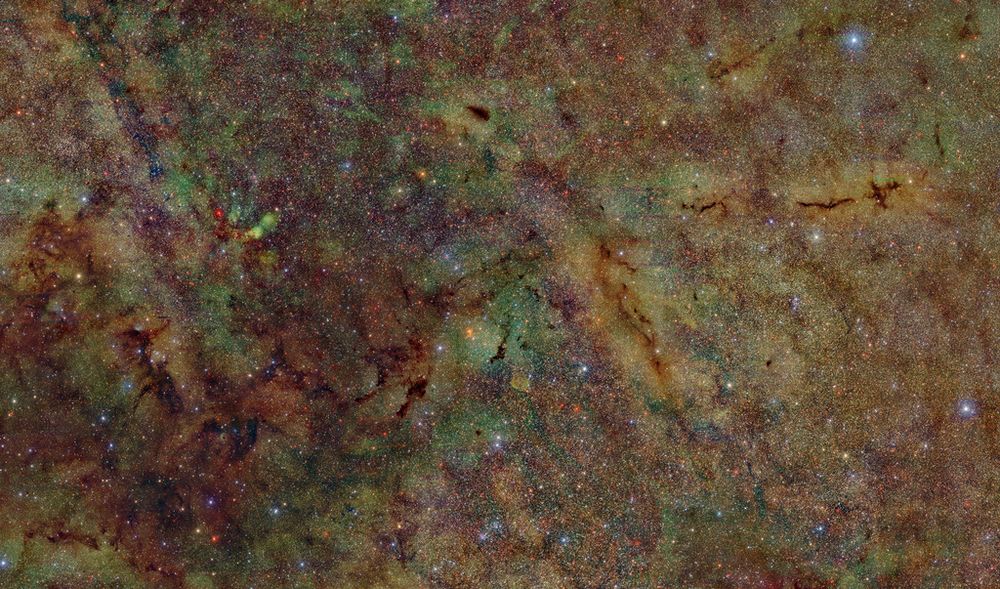Distinguished Service Medal 667/David T. Leisawitz Exceptional Scientific Achievement Medal 662/Megan E. Eckart 662/Caroline A. Kilbourne 662/Frederick S. Porter 667/Christopher C. Stark Early Career Achievement Medal 665/Gregory Mosby...
Friday, June 06, 2025
